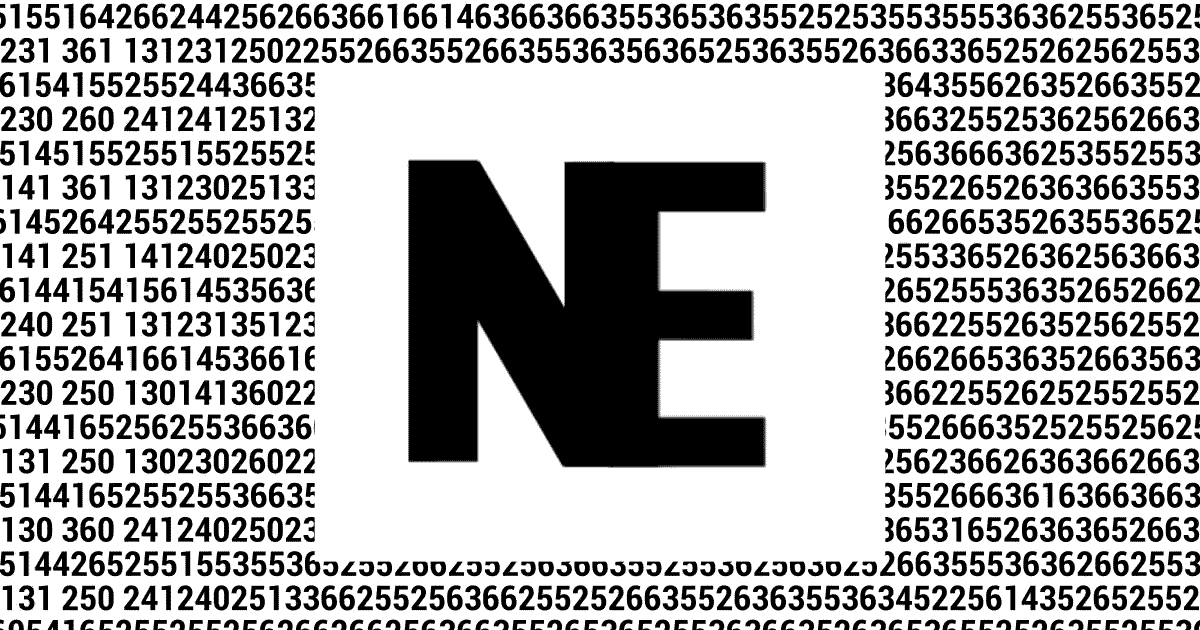
NEOMATERIAL EXPRESSIONS
Research art project about neomateriality
6 artists Bogdan Grabuloski Bonach, Violeta Blažeska, Sofia Grabuloska, Jasmina Runevska, Darko Taleski, Metodija Jordanoski and a computer engineer Mirjana Trompeska are involved in this art project.
The authors of the exhibition combine materiality and the new post-digital materiality called immateriality, an expression introduced by Christiane Paul in 2015. The concept of neomateriality is proposed by Paul to describe the objectivity that includes networked digital technologies that embed, process and reflect human and environmental data, or reveal their own encoded materiality and the way digital processes see our world. Intangibility describes the embedding of the digital in the objects, images and structures we encounter every day and the way we understand ourselves in relation to them.
Neomaterialization, i.e. the cycle of materialization - digitalization - rematerialization in the exhibited works is conveyed through the interaction of the materiality and immateriality of the works created in traditional art techniques and their placement in interaction with digital interpretations.
Until now, three exhibitions have been organized. First one in NI Institute and Museum Bitola and the second one in NI Center for culture Marko Cepenkov, Prilep 2023 . The last exhibition was in Cultural information center of the Republic of North Macedonia in Zagreb, Croatia
At the exhibitions, 6 pieces of drawings are presented, one work by each author, which were made with traditional art techniques and they were upgraded with the digital intervention on them. Computer engineer Mirjana Trompeska is involved in this process, who decodes the works of art, drawings, that is, using a computer program, separates the background code of each digital image from previously created drawings. These codes are placed in interaction with the materialized drawings creating an artistic intervention in the space.
The purpose of the exhibition is to convey to us the new reality in which we live and how it has an impact on artistic practice in the post-digital age, but at the same time to show the influence of digital devices on our perception of ourselves seen through digital devices.
























